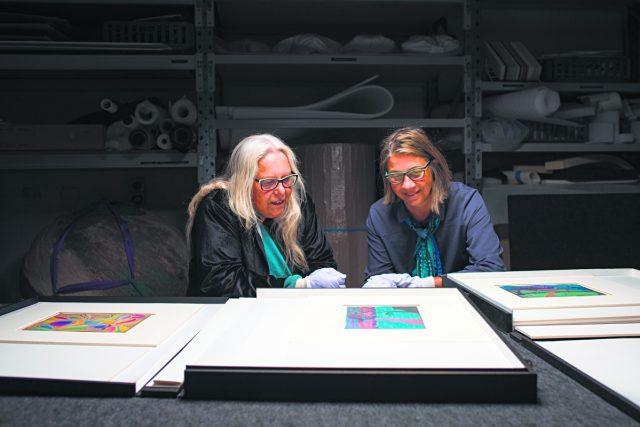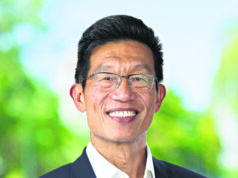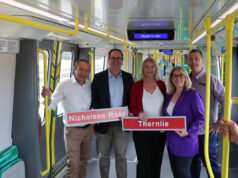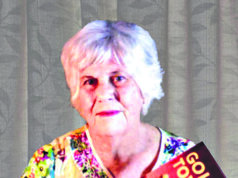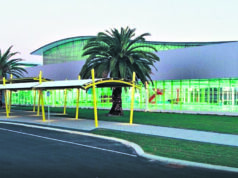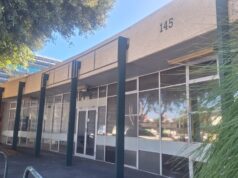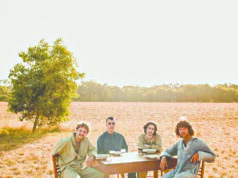A search is underway for hundreds of missing artworks created by children of the Stolen Generations in the south-west of Western Australia, with the director of the John Curtin Gallery urging local residents to be on the lookout for the culturally significant artwork.
It comes as a selection of the treasured collection, created by Nyungar children forcibly taken from their families and detained at the Carrolup Native Settlement in the 1940s, are showcased in two new exhibitions in Manchester and Glasgow, presented as part of the UK/Australia Season 2021-22.
It is the first time this selection of artworks has returned to the UK in 70 years – after London Soroptimist Club Founding President Mrs Florence Rutter first met the artists and arranged exhibitions across London, Manchester, Birmingham, Liverpool, Edinburgh and Glasgow during the 1950s.
Proceeds from the sale of the artworks were used to purchase more drawing materials for the children at Carrolup.
Mrs Rutter recognised the significance of the works after visiting Carrolup in 1949, where teachers Noel and Lily White had found a way into the hearts of the children through art.
Many Carrolup artists became prolific artists, surprising the world with their ability to reveal a depth of understanding of their country –their Nyungar Boodja.
Since 2013, John Curtin Gallery at Curtin University – under the guidance of the Carrolup Elders Reference Group – has been the custodian of The Herbert Mayer Collection of Carrolup Children’s Art.
John Curtin Gallery Director Chris Malcolm said he was urging people to check their attics, cupboards and homes for paintings that resembled the culturally significant chalk works.
“We know there were many 100s of artworks sent to the UK, and we have 122 in our collection, so it’s hard to put a number on how many are out there, in the UK and even locally,” he said.
“The main importance of these artworks is being able to reconnect objects with families and living descedents, for many of the living descendants they don’t have any material objects related to their ancestors.
“Being able to connect people to these objects is incredibly important to the healing process.”
“A critical part of our reconciliation process of addressing the wrongs of the past includes uncovering these priceless artworks as they could be the only physical connection a family has with their ancestors.
“The artworks form a basis from which we can deepen our knowledge and understanding of our past, and help us walk together towards a better future.
“Almost everyone who visited Carrolup left with an artwork as a gift, so there’s many that are out there, they’ve been popping up and people have been bringing them in.
“We need to keep that process going.”
The process of reconnecting Carrolup artworks with families is at the heart of Curtin University’s Carrolup Centre for Truth-telling, an ambitious project to create a permanent home for the collection in Australia and provide an opportunity for others to learn about this tragic period in Australian history.
“Ultimately we would like to repatriate these works but it’s up to the people who have them, and finding them is the start of that conversation.”


